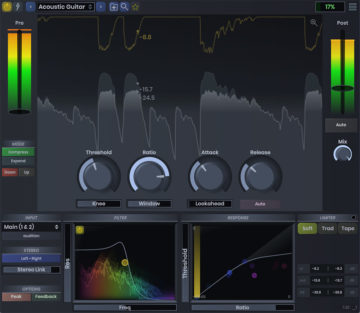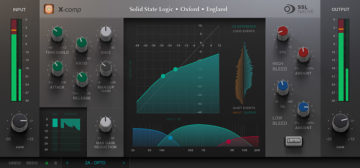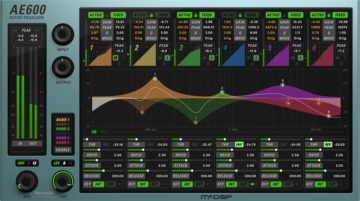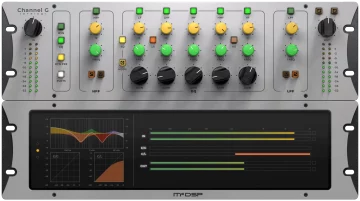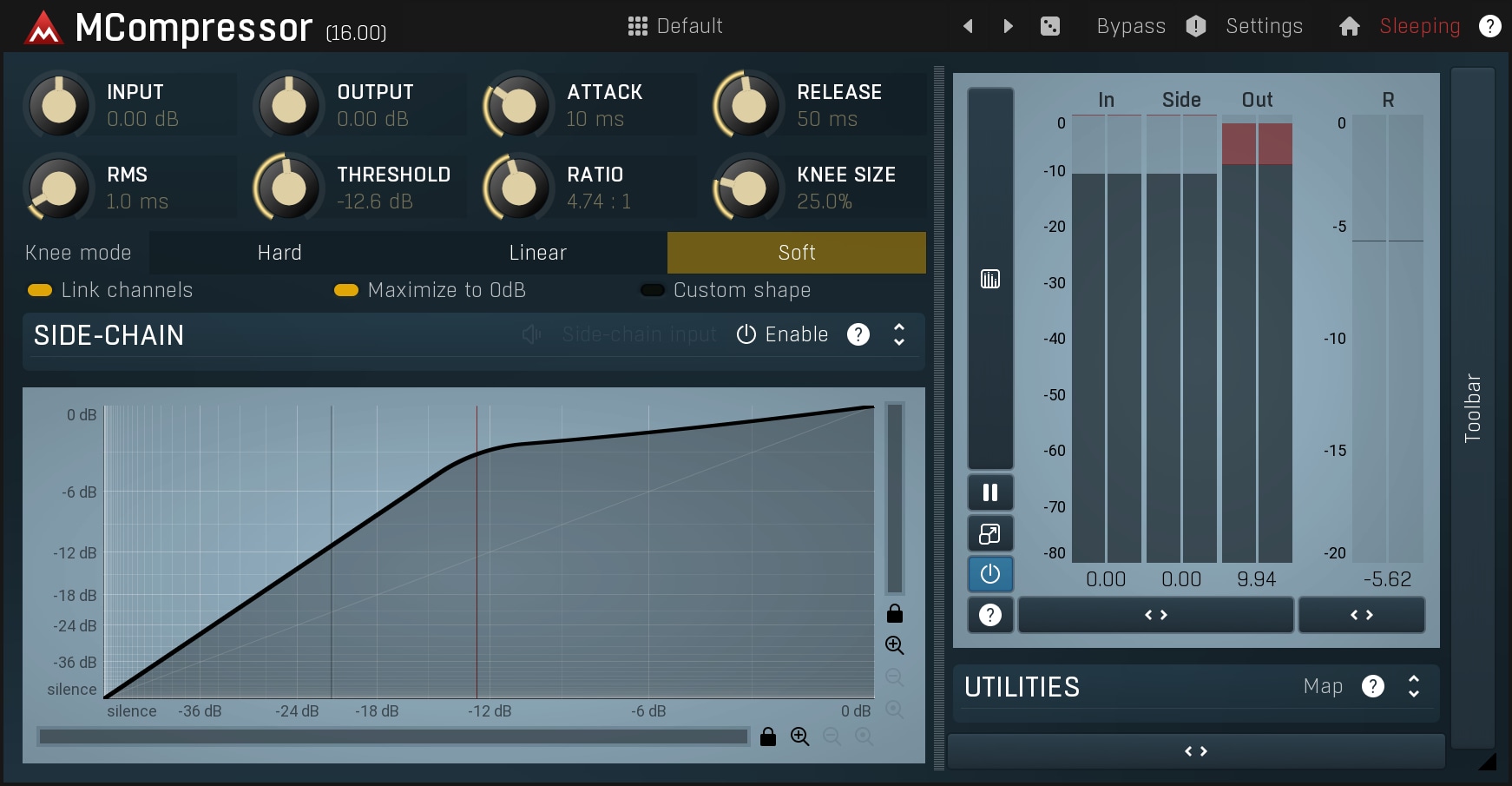Smooth Operator is an “Intelligent Signal Balancer” plugin, which automatically controls the frequencies of your audio for optimal sound. The sidechaining feature gives this plugin a huge amount of creative power and potential.
Best Electronic Drum Headphones
Unveiling the top electronic drum headphones - from budget finds to premium sound quality. Elevate your drumming experience now!


